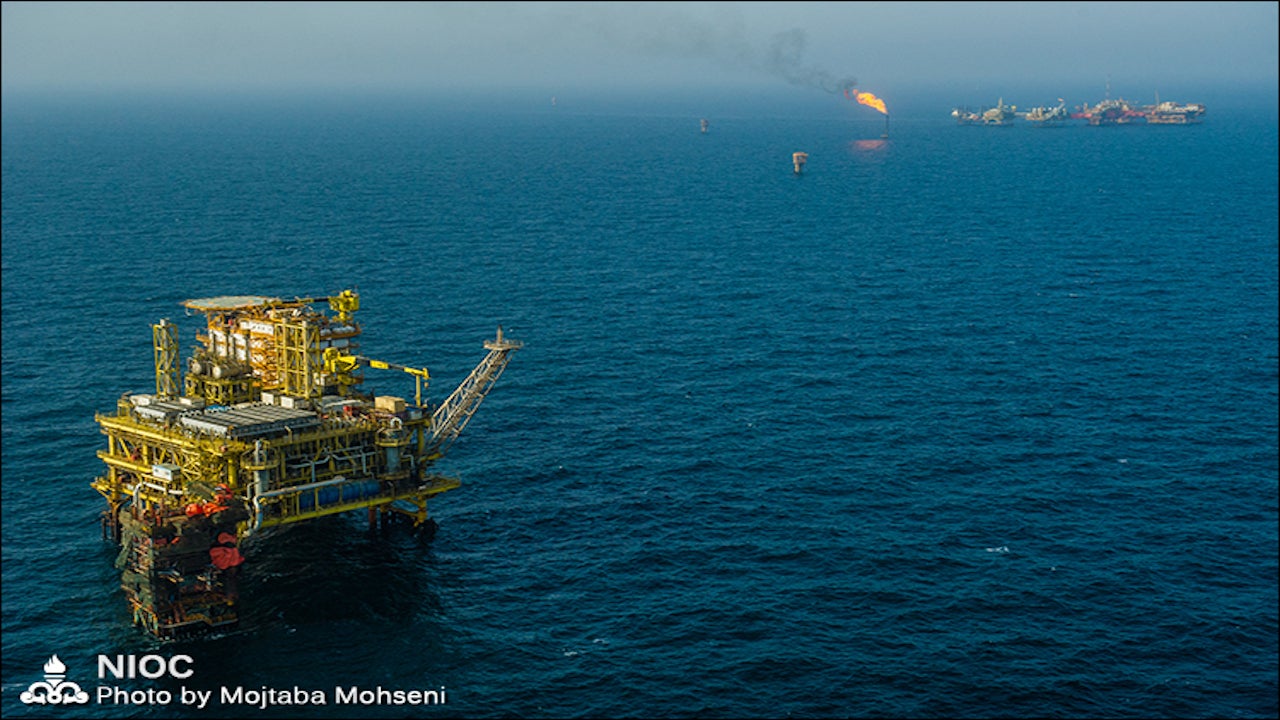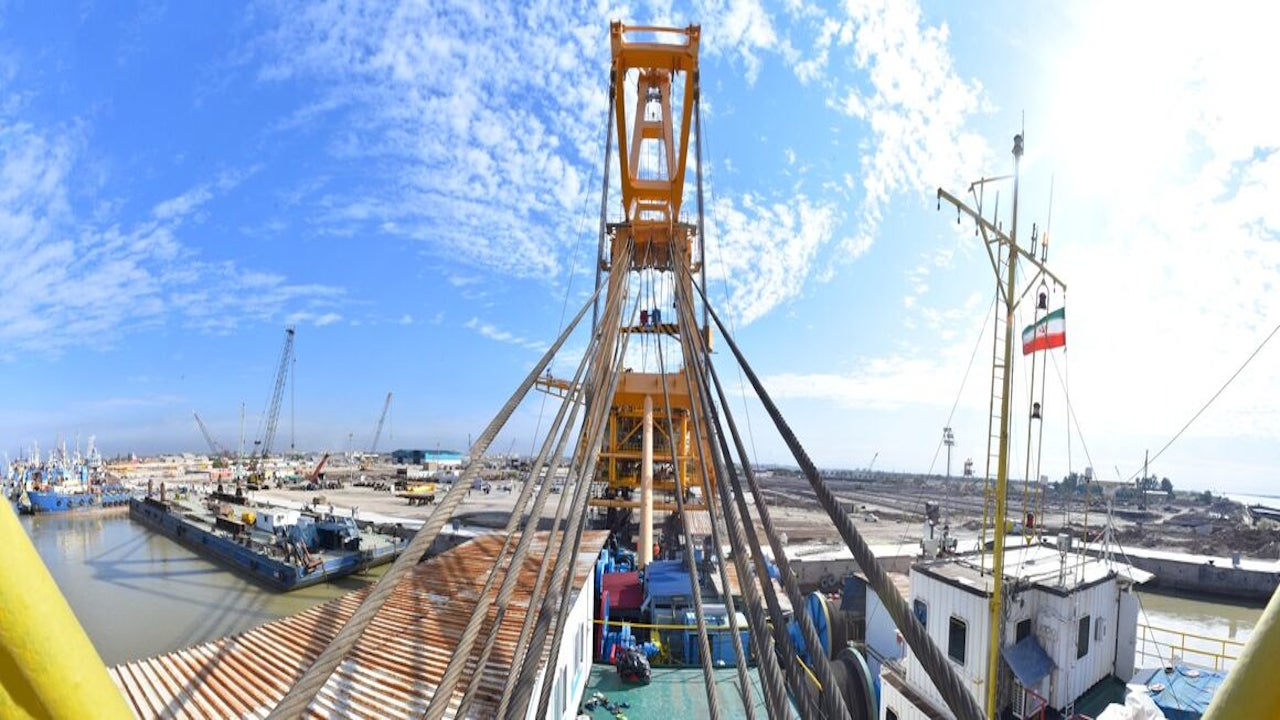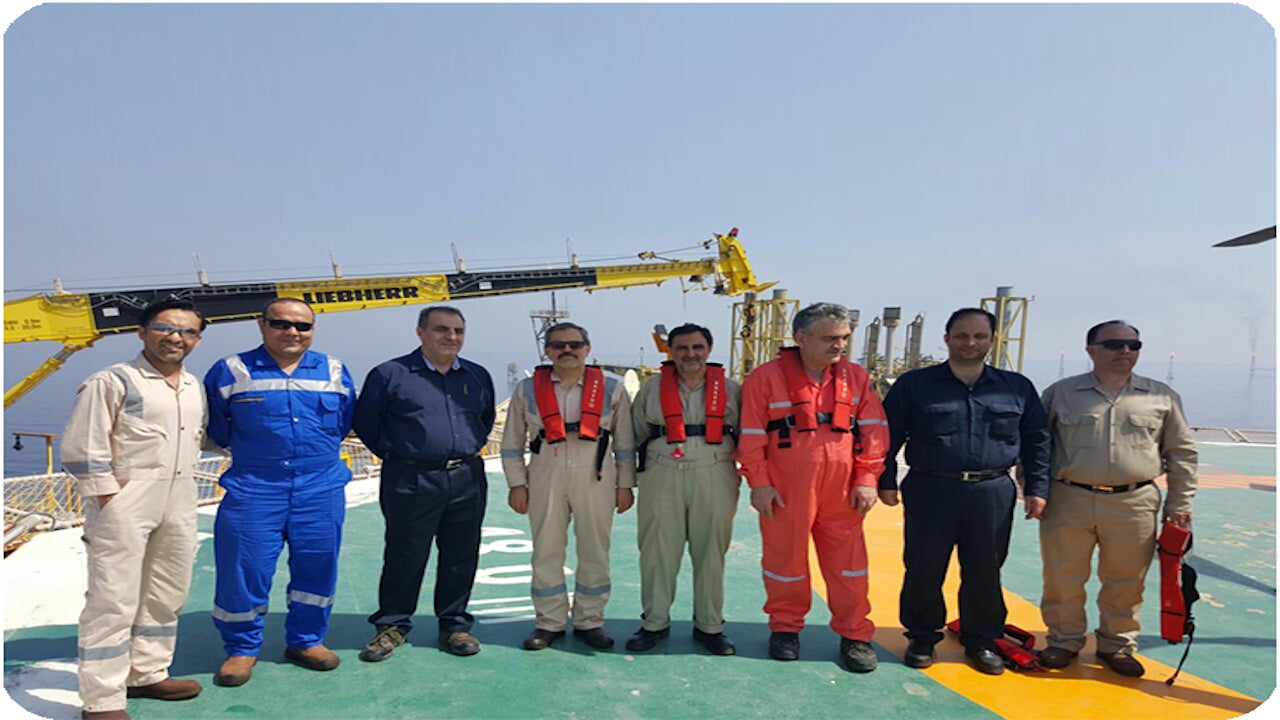Salman field is a complex oil and gas field located at a water depth of 20m to 43.3m in the Persian Gulf, approximately 144km south of Lavan Island, offshore Hormozgan province, Iran.
Discovered in 1965 as Sasan, the field is developed by the Iranian Offshore Oil Company (IOOC), a subsidiary of National Iranian Oil Company (NIOC). The IOOC-operated field became operational in 1968 but still holds adequate reserves.
PetroIran Development Company (PEDCO) was contracted for the redevelopment of the field, starting in 2006. It was responsible to increase crude oil production from the field by 50,000 barrels per day (b/d), using 48,000 stock tank barrels per day (stb/d) water injection and produce 540 million metric standard cubic feet per day (Mmscfd) from the gas reservoir. First gas from the field was achieved in 2009.
IOOC launched its first pipeline integrity management system (PIMS) in the Iranian oil industry in January 2020 to meet the standards of safety and operations of the Salman oil field’s gas pipelines.
Salman oil and gas field location
Salman oil field extends across the maritime border between Iran and the United Arab Emirates (UAE). Approximately 66% of the field’s hydrocarbons producing structure is situated in Iranian waters.
The field holds joint reserves with Abu Al Bukhoosh field in the UAE. Iran owns 70% of the field, while the remaining 30% of the field is owned by the UAE.
Salman field reservoirs
The Salman field contains upper Jurassic Surmeh carbonate reservoir in the northern Persian Gulf. The Dariyan formation (Aptian), and the Gadvan formation (Lower Cretaceous) also contain the hydrocarbons in the field.
The oil and gas field is estimated to contain reserves of approximately 4.5 billion barrels, of which 1.6 billion barrels can be recovered. It contains approximately 473 million barrels of oil and 5.2 billion cubic metres (bcm) of natural gas.
Salman oil and gas field rehabilitation
IOOC rehabilitated wells 62 and 63 of the Salman oil field to increase the oil production in December 2020. It secured the field reservoirs and drained the water from the wells and surrounding zones, and achieved a steady oil flow from the wells utilising the artificial gas lift.
The wells rehabilitation process involved the risks of possible non-productivity, increased water production, reduced oil production as well as other issues related to processing.
The extracted oil from the field is transported to the onshore processing facilities at the Lavan Island via a 22in subsea pipeline and stored for export or utilised as feed by Lavan Oil Refining Company.
Details of the existing field
The Salman oil and gas field complex comprises multiple platforms, including Khuf production platform (KPP), a gas processing platform, a production platform (PP3), 2SKB and 2SKC wellhead platforms, flare platform (FPP), gas lift platform (GLP), and living quarter platform (LQ3).
The platforms, including jackets, have a total weight of approximately 22,000t. A 147km-long subsea pipeline connected the field to the natural gas liquids (NGL) plant in Siri Island, a gas export hub of Iran, in 2013.
The new S1 wellhead platform was built at the Khorramshahr Yard and sent for installation in the field in January 2020.
The platform was installed to drill six offshore wells at the oil field to increase the production capacity by 6,000b/d to 6,500b/d.
The wells 61 and 64 started operations after installation of the platform in December 2020, following which IOOC performed reviews on drilling operations.






